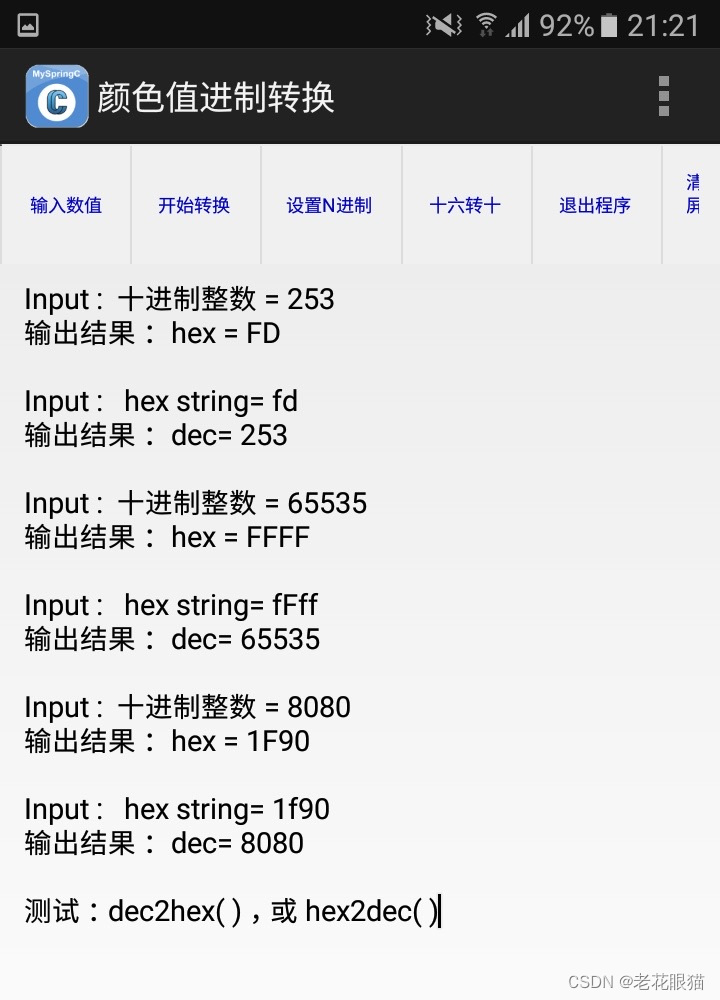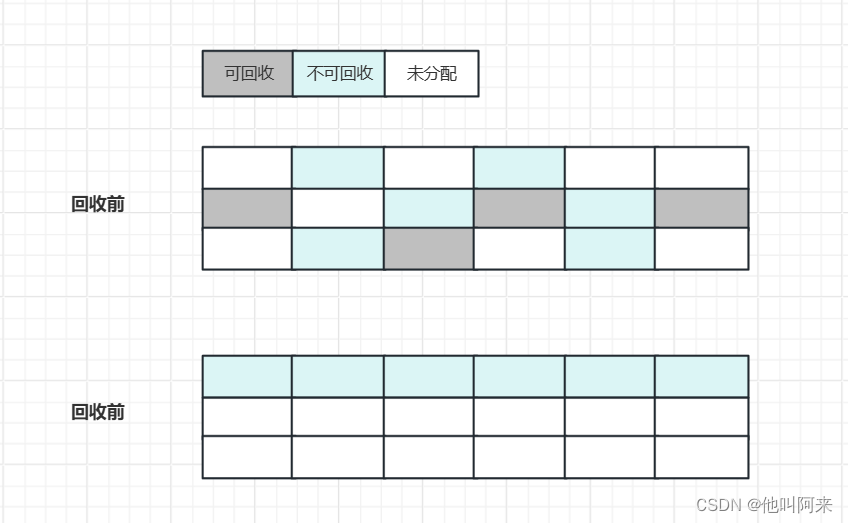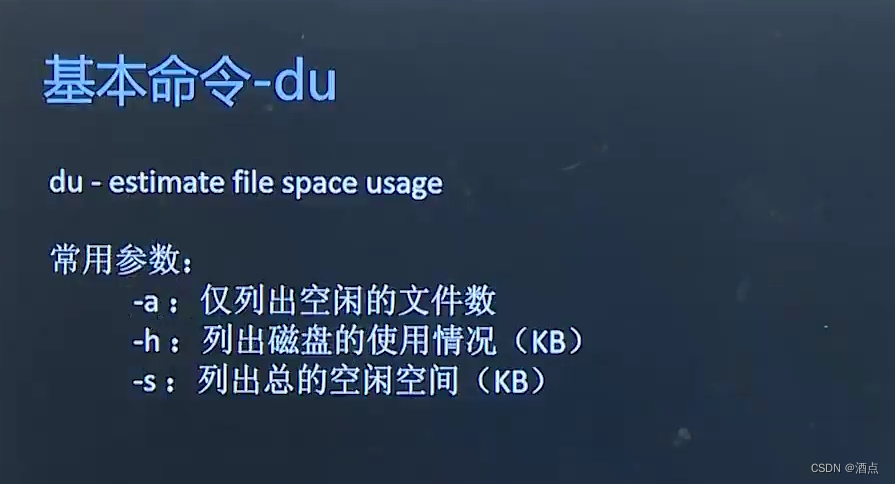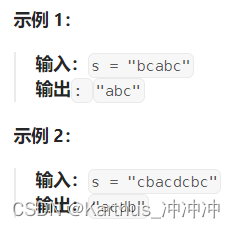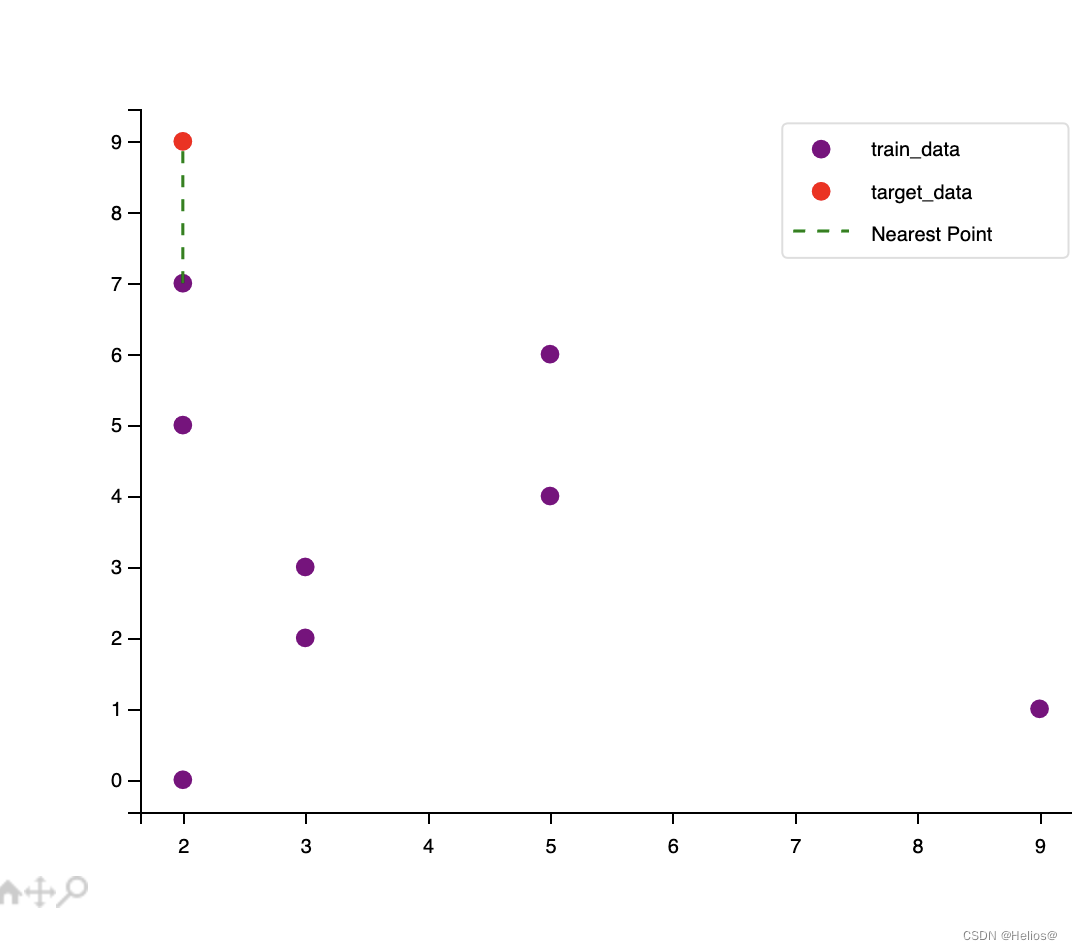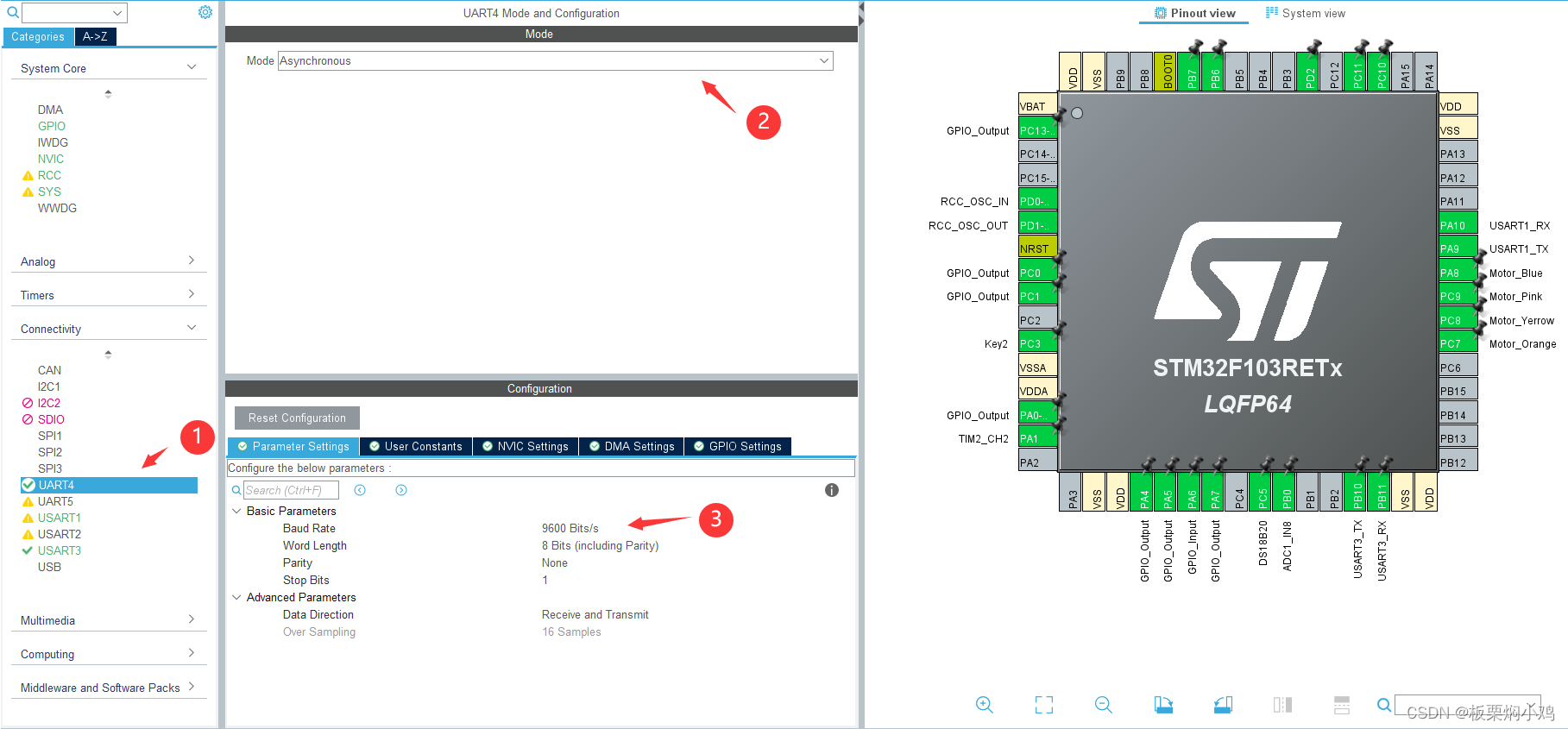前言:
最近学习了c++list的实现,这让我对迭代器的理解又上升了一个新的高度,注意:代码里的list是放在一个叫zgw的命名空间里边,但是在实现list的代码中没有加namespace,这里给个注意,以后复习时能看懂。
list的节点:
我们首先需要搞出一个list的节点,来存储数据,以及节点的下一个指针,和节点的上一个指针,STL库里边这样设计的,所以我们这样设计:
template< class T>struct ListNode{struct ListNode<T>* _next; struct ListNode<T>* _prev;T _data;ListNode(const T& data = T()) //这里给的是匿名对象:_next(nullptr),_prev(nullptr),_data(data) {};};设计这个节点应该是没有什么难度的。
包装list类:
template<class T>
class list
{typedef ListNode<T> node;
public:list() :_head(new node()){_head->_next = _head;_head->_prev = _head;}
private:node* _head;
};为了让我们的list更加具有可读性,我们将,ListNode<T>重命名为node。然后我们要给一个list的无参构造,相信到现在都能看得懂。
迭代器的设计:
前方高能!!!
然后就是上强度的地方,我们需要设计list的迭代器。我们先分析一下list指针与vector的指针又什么区别呢?
首先我们list存的是ListNode<T>节点的指针,每一个新的节点都是new出来的,而且是通过指针将他们链接起来,他在物理层面上就不是连续的。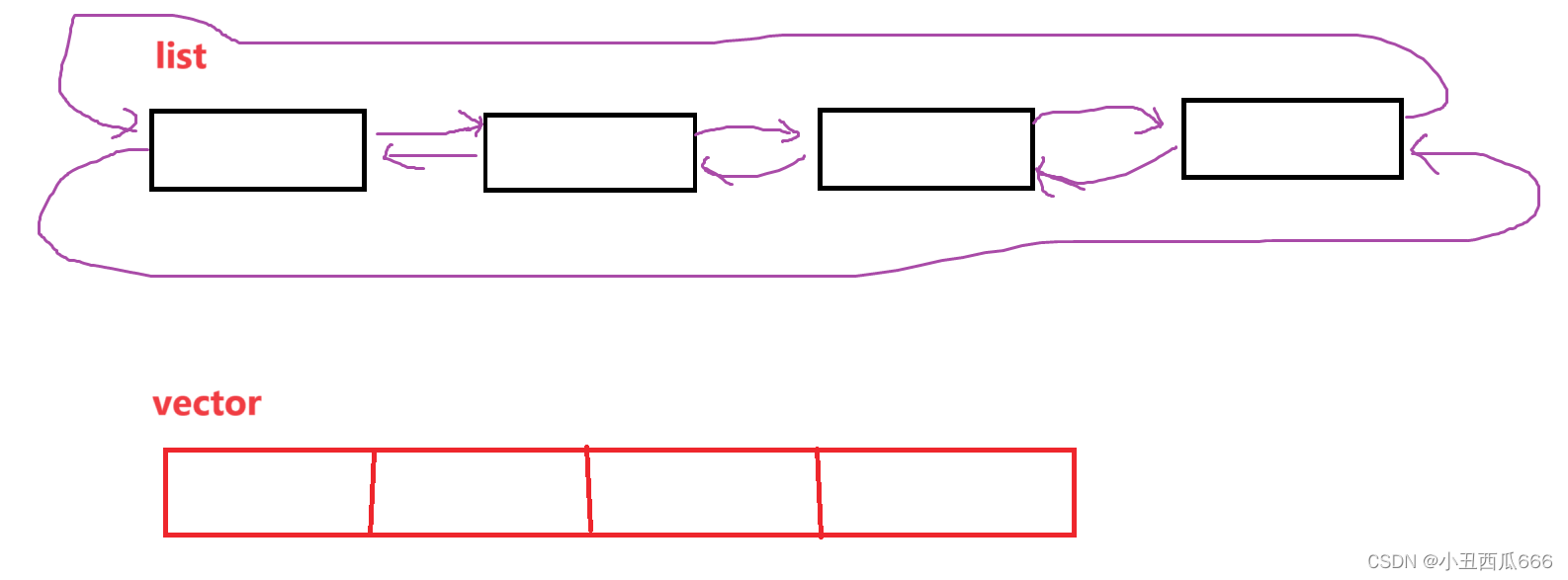
所以当我们解引用就不是一个内置类型,或者是已经设计好的自定义类型,它就没有了重载运算符,因为我们的节点就是我们自己定义的自定义类型。就算是迭代器也必要支持重载运算符。
我们举一个例子
vector的例子,当我们要搞一个存储int数据的vector容器。
void Test4()
{vector<int> v1 = { 1,2,3,4 };vector<int>::iterator it1 = v1.begin();cout << *it1 << endl;
}这里我们是存储int内置类型,当我们解引迭代器时,实际是解引用int类型的指针,然后也支持流插入,所以可以直接打印第一个元素。
我后我们再想我们如果要用vector存储一个我们自己搞的一个类型,是否还支持流插入呢?
class aa
{aa(int a=10,int b=20):_a(a),_b(b){}
private:int _a;int _b;
};void Test4()
{vector<aa> v1 ;aa a1;v1.push_back(a1);vector<aa>::iterator it1 = v1.begin();cout << *it1 << endl;
}上面这个代码会不会报错呢?当然肯定会的,为什么呢?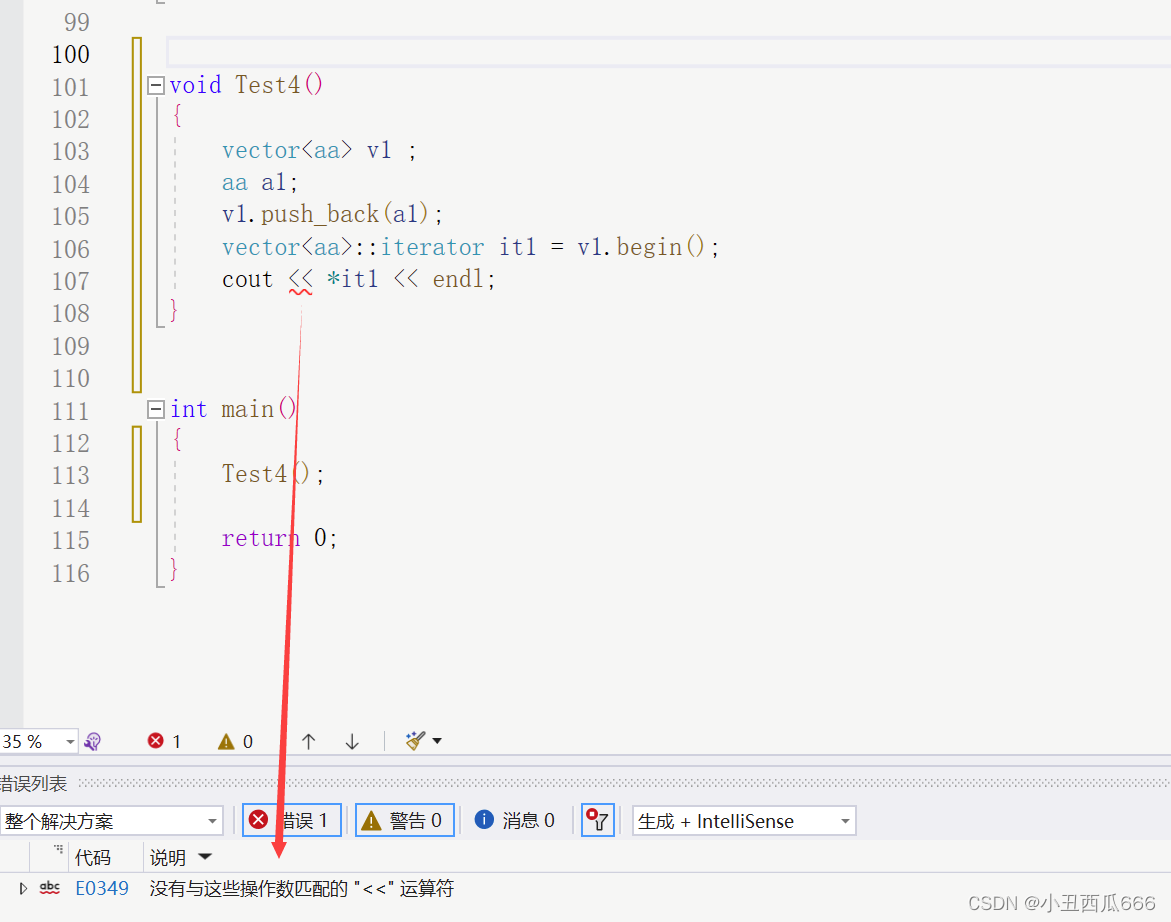
就是因为我们没有重载流插入。
所以通过这个例子我们应该明白了,我们ListNode本生就是一个我们自己设计的类型,所以当我们在list返回ListNode指针再解引用时肯定是不行的,因为我们没有为ListNode设计重载运算符,但是我们在这有一个新的思路我们能不能再设计一个类,当做list的迭代器,这个类迭代器存ListNode类型的指针。
在第一次听到这个设计我也是很懵逼的,都是再通过我看了两遍教学课程,再加上自己研究了一个下午,终于是领悟了其中的原理,所以想好好理解还是得自己研究。
设计的源码:
namespace zgw
{//结构体定义template< class T>struct ListNode{struct ListNode<T>* _next;struct ListNode<T>* _prev;T _data;ListNode(const T& data = T()):_next(nullptr),_prev(nullptr),_data(data) {};};template <class T,class Ref,class Ptr>//我们设计三个参数的模板迭代器,以便我们返回对应的指针struct ListIterator //和引用(在这里的我们需要设计const_iterator,以及{ //iterator两种类型的迭代器,然后我们再通过typedeftypedef ListNode<T> node; //封装一下,提高可读性typedef ListIterator<T,Ref,Ptr> Self;ListIterator(node*head) :_node(head){};Ref operator*(){return _node->_data;}Ptr operator->(){return &_node->_data;}Self operator++(){_node = _node->_next;return *this;}Self operator++(int){Self re(_node);_node = _node->_next;return re;}bool operator==(const Self&node){return _node == node._node;}bool operator!=(const Self& node){return _node != node._node;}node* _node;};//封装链表,这只是一个头节点,当我们返回begin(),和end()时,//我们其实返回的是一个ListNode<T>类型的指针template<class T>class list{typedef ListNode<T> node;public:typedef ListIterator<T,T&,T*> iterator;typedef ListIterator<T, const T&, const T*> const_iterator;list() :_head(new node()) //当我们需要什么类型的迭代器就传对应的typedef{_head->_next = _head;_head->_prev = _head;}const_iterator cbegin(){return const_iterator(_head->_next);}const_iterator cend(){return const_iterator(_head);}iterator begin(){return iterator(_head->_next);}iterator end(){return iterator(_head);}void push_back(const T& data){node* newnode = new node(data);node* tail = _head->_prev;tail->_next = newnode;newnode->_prev = tail;newnode->_next = _head;_head->_prev = newnode;}iterator insert(iterator pos,const T&data){ node* cur = pos._node;node* newnode = new node(data);node* prev = cur->_prev;newnode->_next = cur;prev->_next = newnode;newnode->_prev = prev;cur->_prev = newnode;return iterator(newnode);} iterator erase(iterator pos){assert(pos != end()._node);node* cur = pos._node;node* prev=cur->_prev;node* next = cur->_next;prev->_next = next;next->_prev = prev;delete cur;return iterator(next);}void pop_back(){assert(_head != begin()._node);node* tail= end()._node->_prev;node* _head = end()._node;tail->_prev->_next = _head;_head->_prev = tail->_prev;delete tail;}void pop_front(){erase(begin());}void push_front(const T&data){insert(begin(), data);}private:node* _head;};
}
